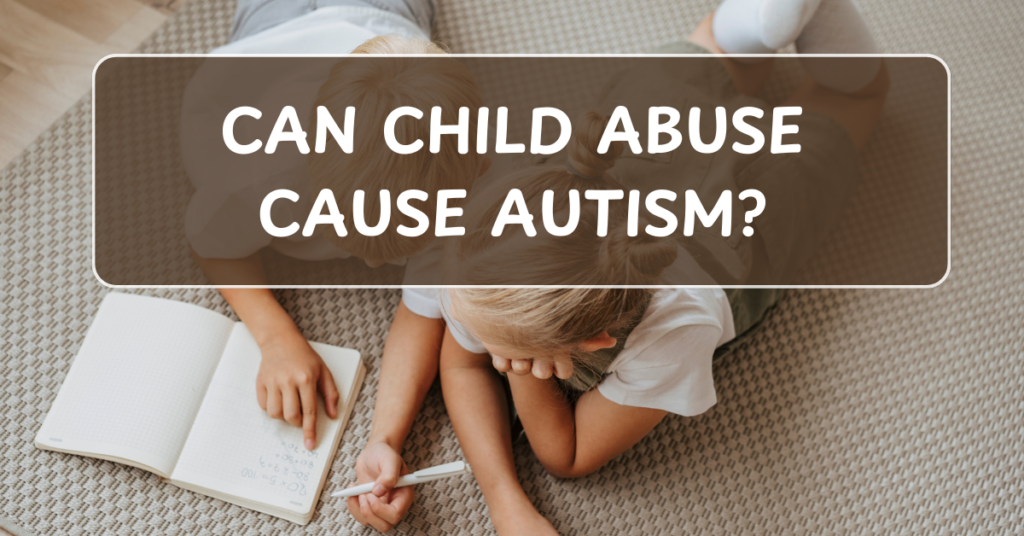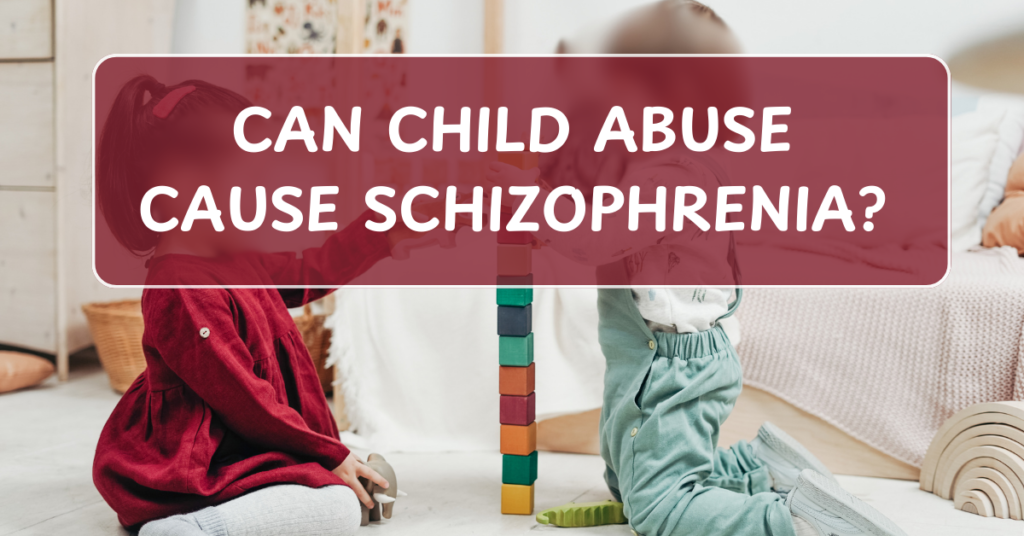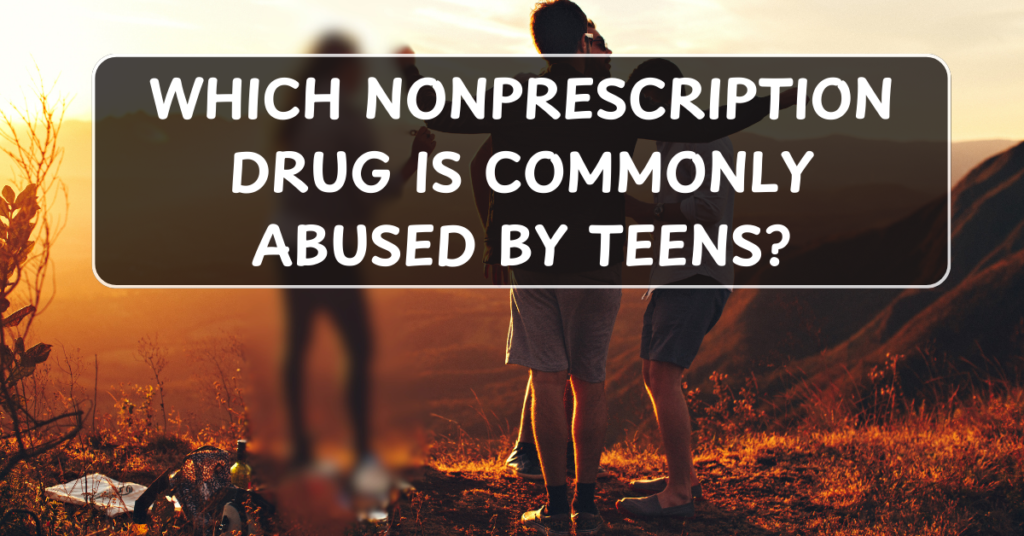
Autism Spectrum Disorder (ASD) is a developmental condition that affects an individual’s ability to communicate, interact with others, and process sensory information. It is generally believed to be a neurodevelopmental disorder with a strong genetic component, though environmental factors may also play a role in its development.
However, there has been concern and speculation over whether child abuse could contribute to or cause autism. In this post, we will explore the relationship between child abuse and autism, clarify common misconceptions, and provide an understanding of how these two are distinct from one another.
Understanding Autism Spectrum Disorder (ASD)
Autism is a lifelong neurodevelopmental disorder that typically manifests in early childhood, usually by age 2-3. While the exact causes of autism are still not fully understood, researchers believe it results from a combination of genetic and environmental factors that influence brain development. People with ASD may exhibit a range of behaviors and symptoms, including:
- Difficulty with social communication and interaction.
- Repetitive behaviors or restricted interests.
- Sensory sensitivities.
- Trouble with nonverbal communication or understanding social cues.
It is important to note that autism is not caused by environmental factors like vaccines, and it is not something that “develops” as a result of trauma or abuse. Autism is typically present from early childhood and is thought to be influenced by genetic factors that affect brain development during pregnancy.
Can Child Abuse Cause Autism?
No, child abuse does not cause autism. Autism is primarily a neurodevelopmental condition that is not linked to any form of abuse or external trauma. While childhood abuse can have serious emotional and psychological consequences, such as post-traumatic stress disorder (PTSD), depression, and anxiety, it does not directly cause autism.
However, there are certain aspects of this question that merit further explanation:
1. Misconceptions About Autism and Trauma
Sometimes, the behaviors that are seen in children with autism—such as social withdrawal, communication difficulties, and sensory sensitivities—can also resemble the responses of children who have experienced abuse or neglect. For example, children who have been abused may become socially withdrawn, anxious, or may have difficulty trusting others. These behaviors might superficially resemble some aspects of autism, but they are not the same thing.
Autism is a disorder that affects social communication and behavior from an early age, whereas the effects of abuse tend to emerge later and are typically linked to emotional and psychological trauma.
2. Trauma and Developmental Delays
Child abuse can result in a range of developmental delays and psychological conditions that may affect a child’s ability to communicate, socialize, and regulate emotions. For example, a child who has experienced neglect or emotional abuse might have difficulty forming attachments, regulating emotions, or understanding social cues. These difficulties are a result of trauma and may look similar to some of the social or emotional challenges seen in autism, but they are separate conditions.
Children who are abused may also experience delays in cognitive and language development, which might make it harder for them to engage with others in typical ways. However, this is not the same as autism. Autism is a developmental condition with its own set of diagnostic criteria, while abuse-related delays are typically a consequence of the trauma and lack of proper care or nurturing.
3. The Impact of Abuse on Brain Development
While child abuse does not cause autism, abuse can affect brain development and may lead to conditions that resemble or overlap with autism. Chronic exposure to abuse, particularly in the early years of life, can interfere with normal brain development. This interference can result in a range of behavioral, emotional, and cognitive issues, some of which may share similarities with autism symptoms, such as:
- Difficulty with emotional regulation: Abuse can lead to emotional dysregulation, where a child may struggle to manage their emotions, similar to some challenges seen in autism.
- Social withdrawal or difficulty forming relationships: Children who have been abused may avoid social interactions or have difficulty connecting with others, which can resemble some social challenges seen in individuals with autism.
- Sensory processing difficulties: Children who have experienced abuse may develop hypersensitivities or aversions to certain sensory stimuli, similar to the sensory processing issues seen in many children with autism.
However, these issues are the result of trauma and neglect rather than the core features of autism.
Why the Confusion?
The confusion between autism and the effects of child abuse may arise because both can involve challenges with social interaction and communication. However, it’s crucial to understand that autism is a neurodevelopmental disorder present from early childhood, while trauma-related issues usually develop as a response to external stressors or abuse.
Furthermore, the behaviors seen in children who have experienced abuse—such as withdrawal, anxiety, or aggression—can overlap with some of the behaviors associated with autism, leading to misunderstandings. Professionals who work with children, including psychologists and pediatricians, are trained to differentiate between autism and trauma-related disorders to ensure the correct diagnosis and treatment.
Can Abuse Aggravate Autism Symptoms?
While child abuse does not cause autism, it can exacerbate the symptoms of autism in children who are already diagnosed with the disorder. Children with autism often struggle with sensory processing, social interaction, and emotional regulation. The added trauma of abuse can worsen these challenges and make it more difficult for the child to cope with everyday situations.
For example:
- Increased Anxiety: A child with autism who is also a victim of abuse may experience heightened anxiety or stress, making it harder for them to manage their emotions or function in social settings.
- Difficulty Trusting Others: Children with autism may already have challenges with forming trust, and abuse can further complicate this, leading to more severe social withdrawal or reluctance to engage with others.
- Heightened Sensory Sensitivities: Abuse can sometimes increase a child’s sensitivity to environmental stimuli, which could further overwhelm a child with autism who is already prone to sensory overload.
Therefore, while abuse does not cause autism, it can contribute to a more complex array of challenges for a child who is already dealing with the effects of the disorder.
Conclusion
Autism is a neurodevelopmental condition that is primarily influenced by genetic factors, with no direct connection to child abuse. Child abuse can lead to other psychological and emotional conditions, such as PTSD, anxiety, and depression, but it does not cause autism.
It is important to recognize the difference between developmental disorders like autism and the consequences of trauma, so that children who have experienced abuse can receive the appropriate care and support they need. If a child is showing signs of autism or has experienced abuse, seeking professional help from a pediatrician, therapist, or autism specialist is crucial for accurate diagnosis and effective intervention.


